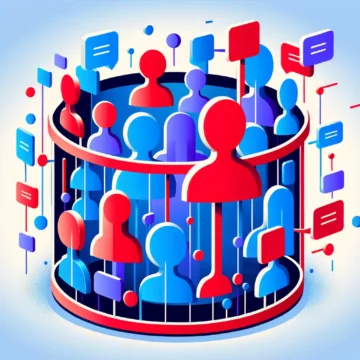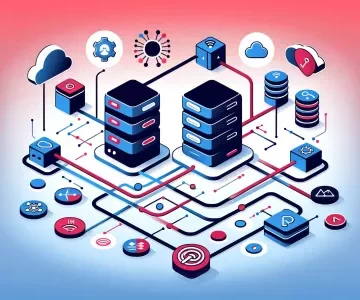How to use CDP at each stage of the customer lifecycle
27/04/2023 |

The customer experience is played out at every stage of the customer relationship lifecycle. Key moments for which the data collected in the CDP plays a key role. Discover our review of the use cases.
It all starts with the first messages sent. Those that capture the attention and lead to the acquisition of the customer. The beginning of a long story during which customer knowledge is worked on to feed loyalty, retention and, eventually, win back customers.
How to nurture the customer experience and respond to the different use cases throughout these steps? By starting to work on the data governance strategy and more specifically on the three pillars of customer knowledge to achieve an effective activation strategy:
- Segmentation data, for the activation of your audiences
- Personalization data, to improve the customer experience
- Performance data, for deployment and study of KPIs
1. Acquisition phase
In this first step, the challenge is to assess :
- The activation potential of prospects who have shown an interest in your products
- The most suitable channel to turn them into customers
Work to be carried out on the basis of the initial segmentation data: campaign (social media, sea, display, etc.) at the origin of the visit, channel used, typology of pages visited and products in which interest has been detected, etc.
On the basis of this initial segmentation, several actions can be envisaged: prospecting campaign targeted at high-potential prospects, sending emails, brochures, etc.
During this phase, the CDP proves invaluable in optimising investments. On the one hand, by excluding buyers (to avoid targeting prospects that have already been converted), and on the other hand, by targeting prospects that really correspond to the defined target audiences.
Other scenarios can also be deployed. For example, to reactivate abandoners: anonymous or identified visitors who have started a conversion (filling out a form, a shopping cart) but have not completed it. Specific segments can then be created within the CDP to treat these two targets separately, anonymous and identified abandoners.
Finally, let’s not forget that, from this phase onwards, the CDP data should be cross-checked with the CRM data to complete the identification of visitors and begin to enrich customer knowledge.
2. Knowledge building phase
Once customers are acquired, one concern is to multiply the means of identifying them during all their visits in order to develop customer knowledge and thus improve their rate of engagement as well as the performance of campaigns.
From the creation of an account to carry out a transaction to the simple subscription to a newsletter, each source of identification is exploited by the CDP. Not forgetting the connection to the “Preferences Center” from which the visitor specifies the channels through which he wishes to be contacted by the brand.
Email campaigns are invaluable here for capturing (from opened or clicked subjects) the audience’s centres of interest. This enrichment of knowledge of the customer base improves the detection of potential affinities for a given product and contributes to widening the base of intentionalists.
3. Loyalty phase
Controlling commercial pressure, in other words working on the intentions detected while taking care not to saturate the audiences: a delicate balance which sums up the whole challenge of this loyalty phase.
It is imperative here to stick to the audience’s appetite for a given channel, and therefore to have segments by preferred “channel”. In the CDP Commanders Act, these channels are referred to as “destinations”.
Coupled with the CRM, CDP is also used to build segments (small, medium, big or huge) to finely tune the best customers and, via cross- or up-sell proposals, increase CLV (Customer Lifetime Value).
This work can activate destinations such as emails, displays or even SMS. But not only that: as CDP is able to operate in real time, the “destination” can also take the form of “on site” and on the fly personalisation of the proposed content. The result is a highly contextualised experience, a reduced abandonment rate and an increased ROI.
4. Retention phase
As Don Draper says in Madmen, “the minute you sign a customer, you start losing them“. So optimising retention is a job in itself. It starts with detecting non-consenting visitors.
A consent completion campaign helps to contextualise the experience and reduce abandonment rates. Another winning practice is the targeting of inactive customers on the basis of the last data collected (appetence, date of visit) to try to reconnect.
Finally, retention also involves anticipating churn. CDP is well placed to pick up on signals (reading cancellation conditions, manipulation in a price simulator) that call for proactive measures.
5. Winning back phase
A lost customer is a customer to be won back via dedicated scenarios. The data recorded throughout the customer’s life cycle up to the reasons identified for the termination (unsuitability of the offer, after-sales service problem, price, etc.) can be used to segment the profiles of lost customers and associate them with reactivation campaigns.
The added value of CDP lies in its ability to provide a 360° view of the customer in order to cultivate or reactivate the customer dialogue. Mastering the customer lifecycle means feeding the customer experience with the basic ingredients of your marketing data.


Find out how Commanders Act’s CDP can help you organize the Customer Data Lifecycle.











